November saw the release of David Mack’s Star Trek: Titan — Fortune of War, but as we covered in our recent Trek publishing calendar guide, there have only been three Simon & Schuster Trek novels announced for 2018, an unusual gap after decades of regular, monthly releases from their Pocket Books line.
Star Trek: Discovery novels Drastic Measures and the just-announced Fear Itself are due in February and June — along with the rescheduled release of Kirsten Beyer’s Star Trek: Voyager — Architects of Infinity — but past that, the only print Trek storytelling known at present will be coming from IDW Publishing’s ongoing comic line, and the second two English-translation Star Trek: Prometheus novels, due in May and November from Titan Books, a separate publisher.
In addition, as far as we can tell, none of the regular authors that have been a part of the Star Trek publishing line in recent years including David Mack, Dayton Ward, Christopher L. Bennett, and Greg Cox are currently under contract for additional Trek books.
“I’ve fulfilled the requirements of my current contract,” Mack wrote in a post on the TrekBBS in back in March, “but it’s my hope to return to Star Trek (and other licensed universes) at some point in the future, simply because I enjoy doing so.”
In another thread speculating on the lack of book release announcements for 2018, Ward said in November that while he has a list of unannounced projects on his blog that include Star Trek projects, “None of the ‘unannounced tie-ins’ on that list are for Pocket.”
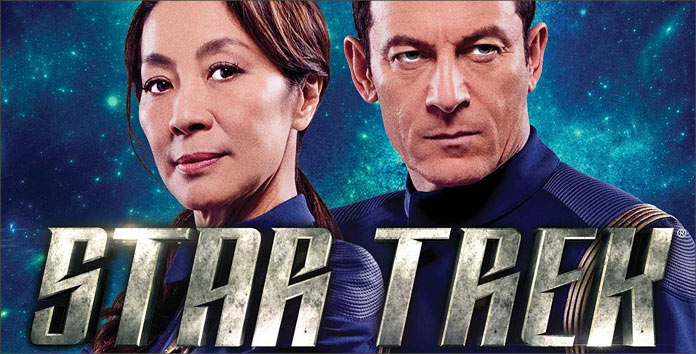
It’s extremely unusual for Simon & Schuster’s Star Trek novel line that there are only three novels on the schedule, and has sparked concerns among fans. The company has held the license to publish Star Trek novels since 1979, and from at least 1995 — with few exceptions — has published at least one new Star Trek novel every month, with new titles announced months in advance of their release.
It appears the answer to this issue lies in renegotiation of the current license between CBS and Simon & Schuster, which expired this year. For months, Trek authors with an active presence online and in the fandom have indicated that the two companies are in the middle of renegotiating their agreements.
Simon & Schuster editor Ed Schesinger spoke briefly about the situation when we attended the publisher’s panel at the 2017 Star Trek convention in Las Vegas back in August — stating that despite this current situation, the Star Trek novel line would certainly be continuing.
As part of that renegotiation, Schlesinger revealed that Simon & Schuster had successfully expanded the license to include elements of the Kelvin Timeline film series, likely requiring additional conversations with Paramount Pictures and JJ Abrams’ production company Bad Robot which may have complicated the process.
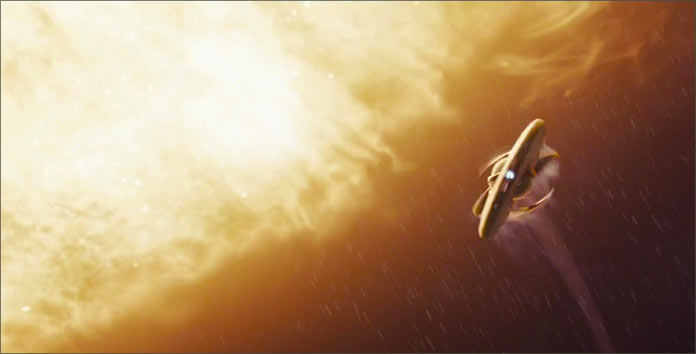
Why is that a big deal? As Christopher L. Bennett detailed in August:
“It will let authors] finally [be] to show the destruction of Romulus and its Prime Universe aftermath, or being able to refer to/depict the [USS] Kelvin and [Captain] Robau in the 23rd century or the Franklin and Edison in the 22nd….
A number of CBS licensees, like IDW Comics and the Star Trek Online computer game, were able to use Kelvin content, and there were several YA Kelvinverse novels from Simon Spotlight. After all, CBS owns all of Star Trek. Paramount Pictures licenses the movie rights from CBS, as a legacy of their origins as a single company…. so all Trek tie-ins and merchandise, even Kelvin tie-ins and merchandise, have to be approved by CBS.
It’s just that Kelvin material also needs Paramount’s and Bad Robot’s approval, which makes it a little more complicated to license. For whatever reason, Pocket Books didn’t manage to get that license [originally] even though other licensees did.
In addition, Dayton Ward in mentioned that there has also been a change in leadership at Gallery Books, the division of Simon & Schuster that publishes the Star Trek novel line, which may have delayed the license negotiations.
“At last report, the deal was being finalized,” Ward wrote in the post dated November 6. “There was a change in leadership at S&S/Gallery Books a short while back… that likely interrupted whatever discussions were in process, for Trek as well as any number of other things.”
“All we know,” wrote Christopher L. Bennett last week, “is that the [contract] renewal was delayed because the new person wanted to review the agreement and have input, but that seems pretty routine and doesn’t necessarily mean anything will be changed. It doesn’t rule out some sort of change, but it’s impossible to guess what it might be. Eventually, hopefully soon, we’ll actually find out.”
(We reached out to Simon & Schuster regarding this story; the publisher declined to comment.)
Regardless of what happens, Star Trek fans will need to brace themselves for a break in the novel line, even if contracts were signed today, given the lead time necessary for new novels to go from contract to print. The wait may even rival or exceed the previous longest break in the Star Trek novel line in recent years, when several planned Kelvin Timeline tie-in novels were unexpectedly canceled and we were without new novels for four months in 2010.
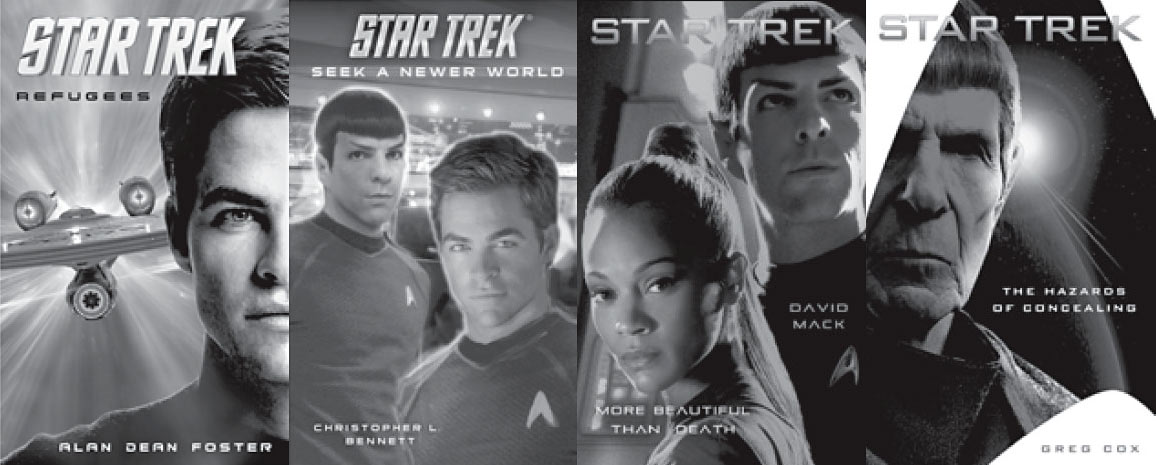
But could we see at least one of those novels — which included works by Alan Dean Foster, Christopher L. Bennett, David Mack, and Greg Cox — as a result of this gap in the schedule? While story points from Cox’s The Hazard of Concealing and Bennett’s Seek a Newer World were recycled for use in post-2010 prime-universe books (like Cox’s No Time Like the Past and Bennett’s The Face of the Unknown), Mack said in a recent podcast interview that there are possibilities his book might yet see the light of day.
“I’ve heard rumors that if and when the Star Trek guys get their book line going again… my book, which is titled More Beautiful Than Death, might actually get resurrected,” Mack revealed, but cautioned that it is still in the rumor stage right now. “That’s not confirmed. I’ve not seen it on a schedule, nobody has confirmed it to me. I’ve only heard the rumors. I’ve heard that they’re talking about it.”
As a big fan of the Star Trek novels who has been blessed with new books every month for as long as I can remember, it’s disappointing to be in a position where there are few new novels on the horizon, and we very much share fans’ concerns and dismay. If the end result, however, allows for the incorporation of the Kelvin Timeline — which not only could bring back one of the ‘lost’ novels, but also may allow the 24th Century storytelling to continue past the Hobus supernova event — it may just be worth it.
“Pocket has my number,” Dayton Ward wrote confidently last month. “They know where to find me when they’re ready.”
![]()
My reviews of Star Trek: Titan — Fortune of War and Star Trek: Prometheus — Fire With Fire will be along soon, so keep checking back to TrekCore for those and all the latest news from the world of Star Trek publishing!

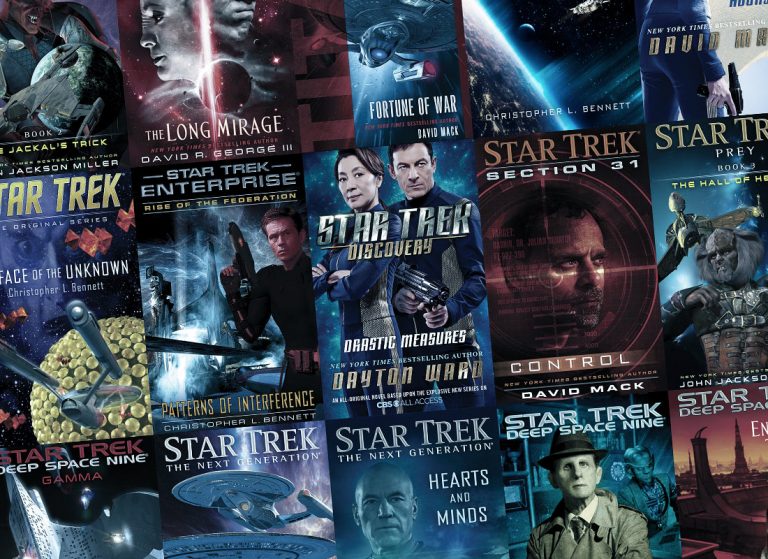

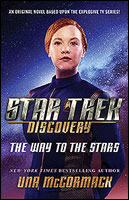 Novel #4:
Novel #4: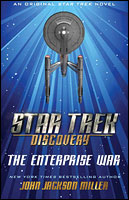 Novel #5:
Novel #5: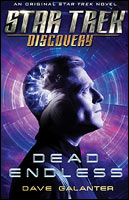 Novel #6:
Novel #6: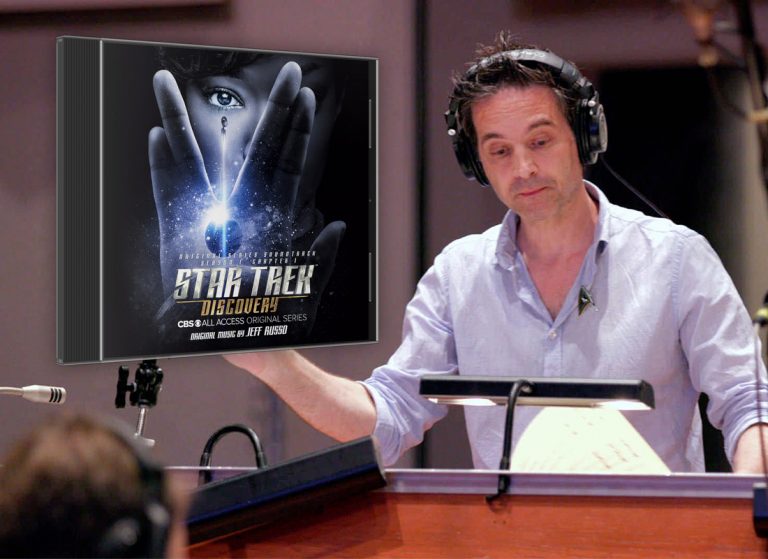



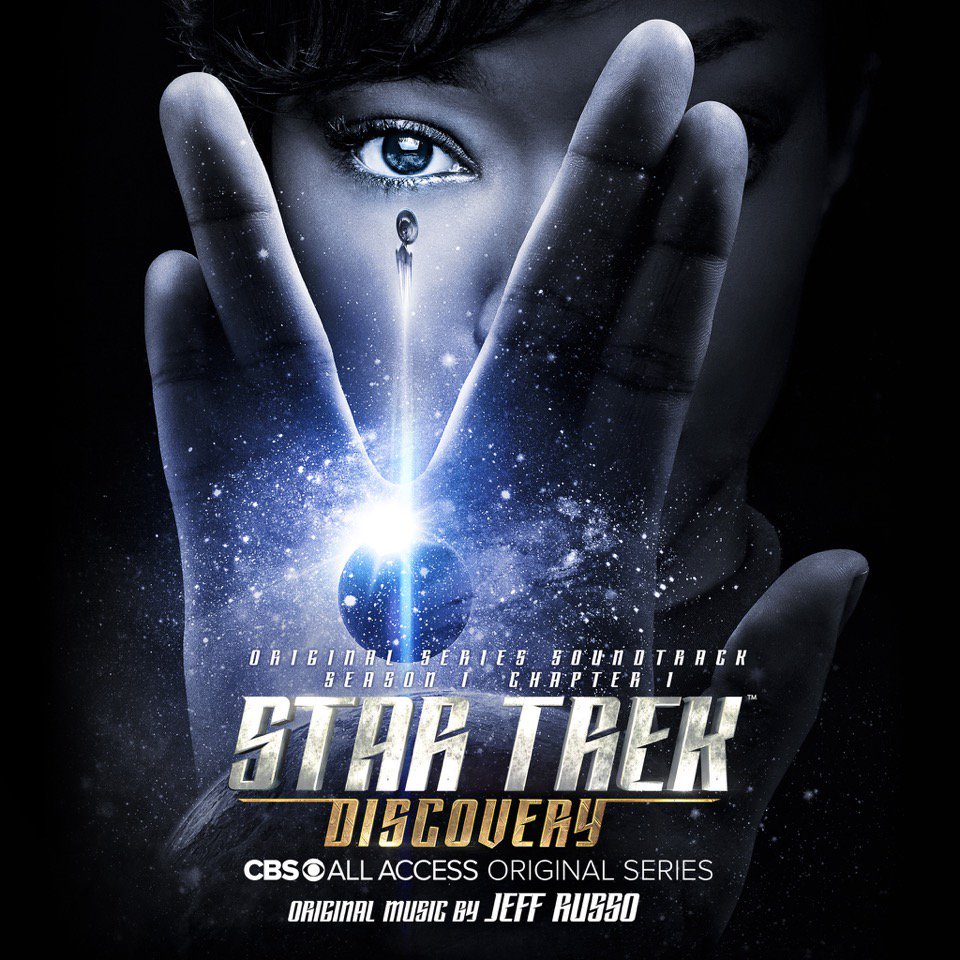
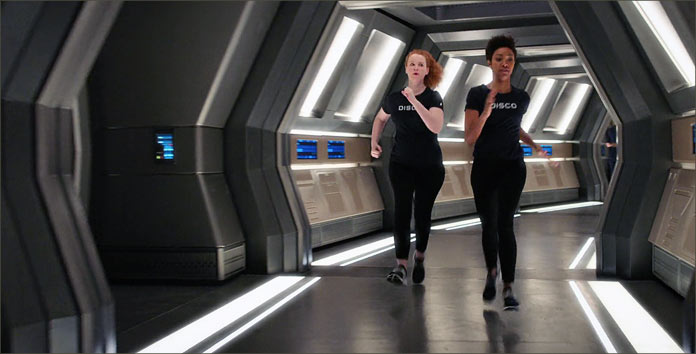
 S1 Soundtrack: Chapter 1
S1 Soundtrack: Chapter 1

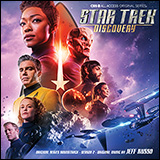 S2 Soundtrack
S2 Soundtrack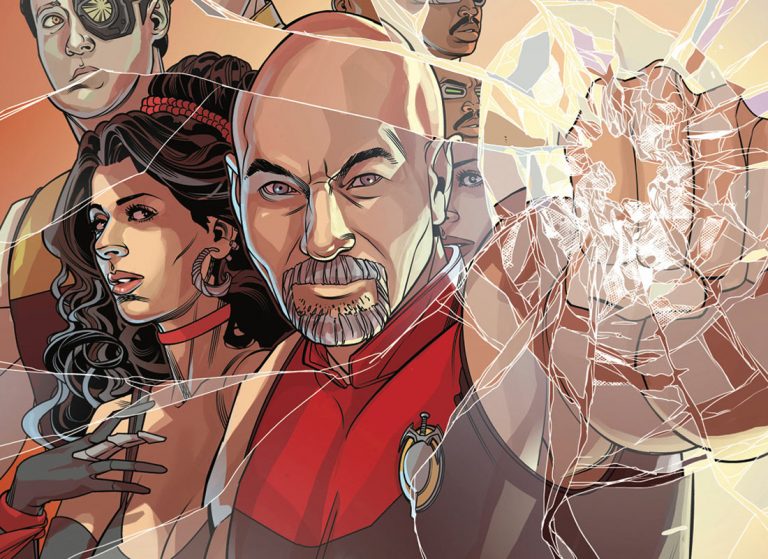
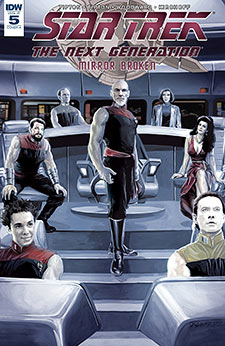


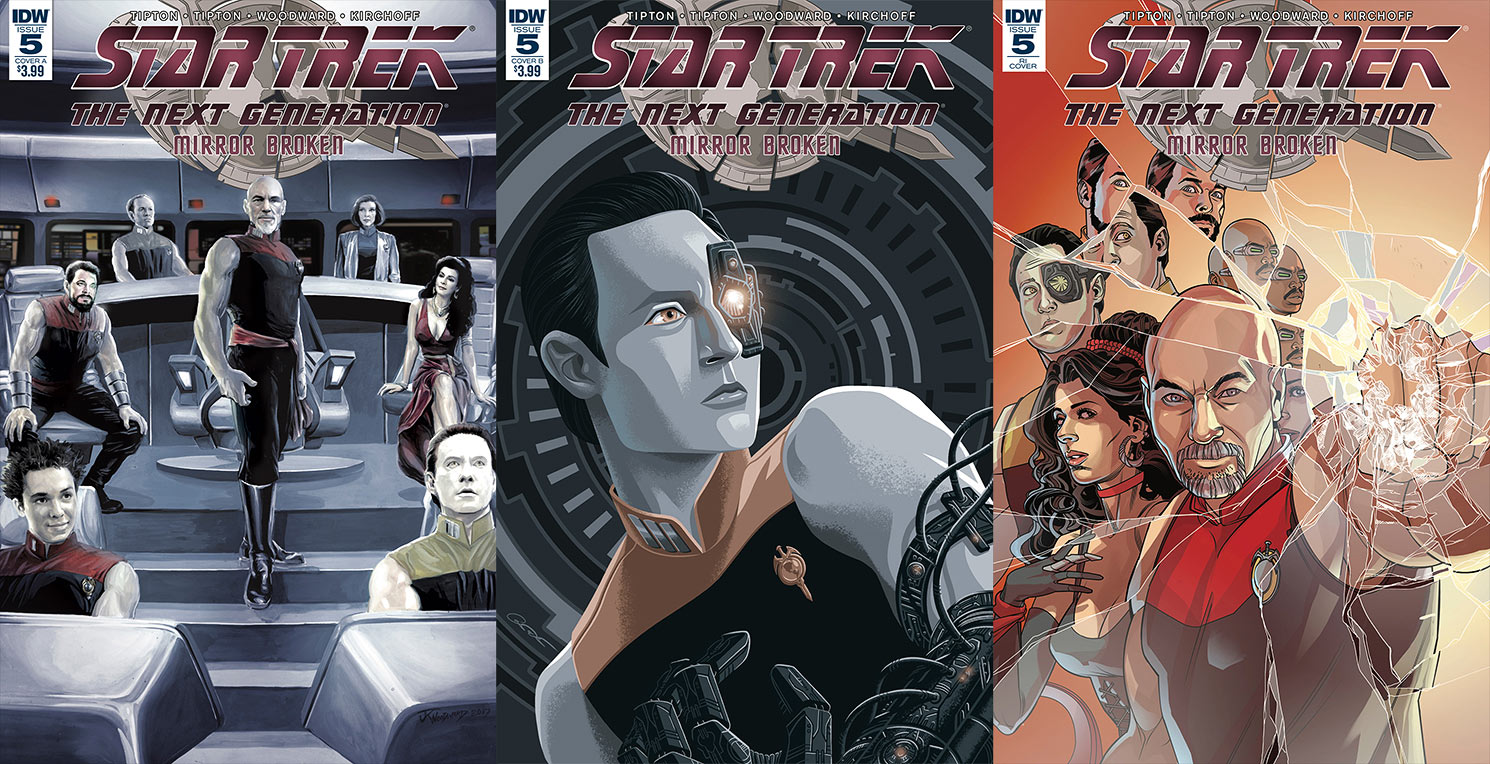

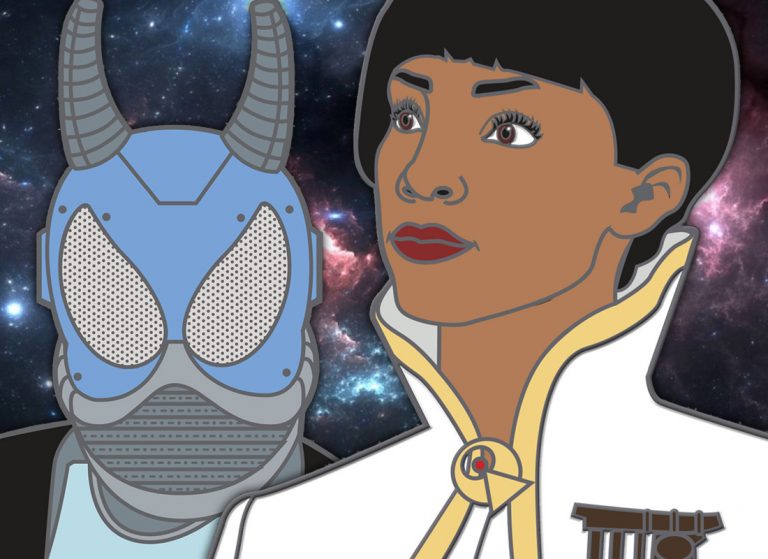
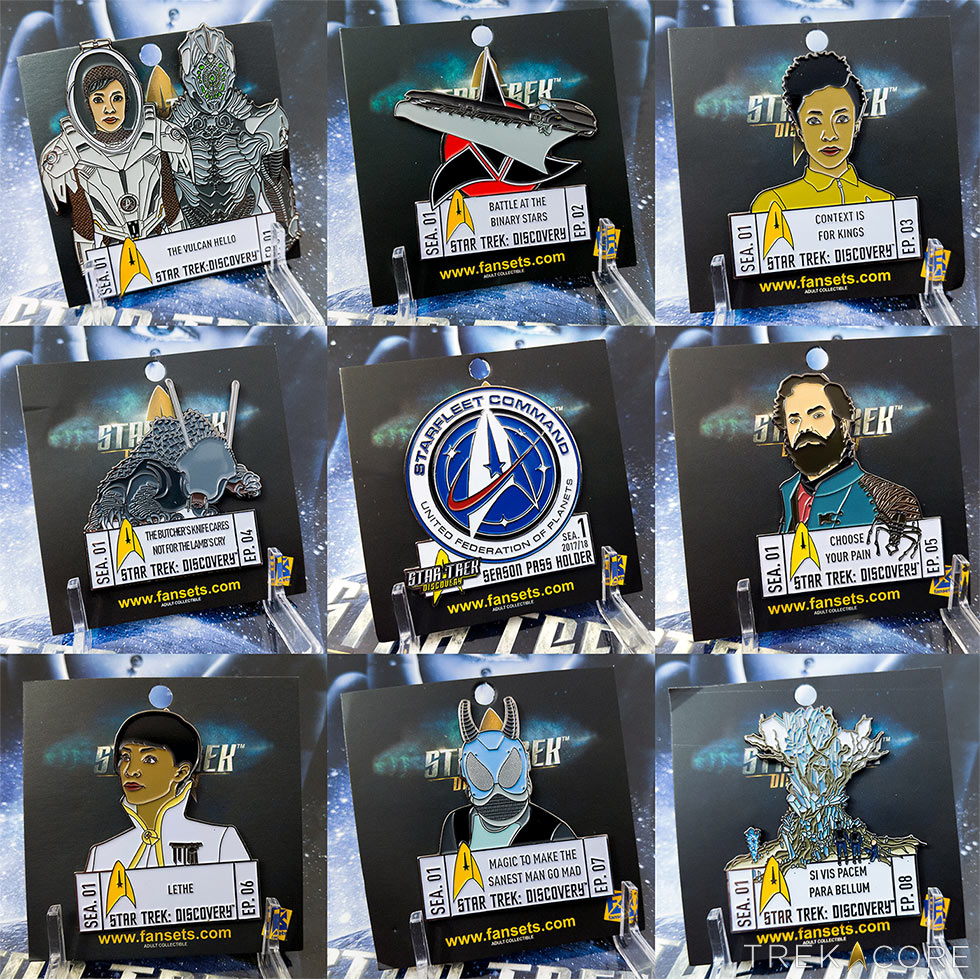
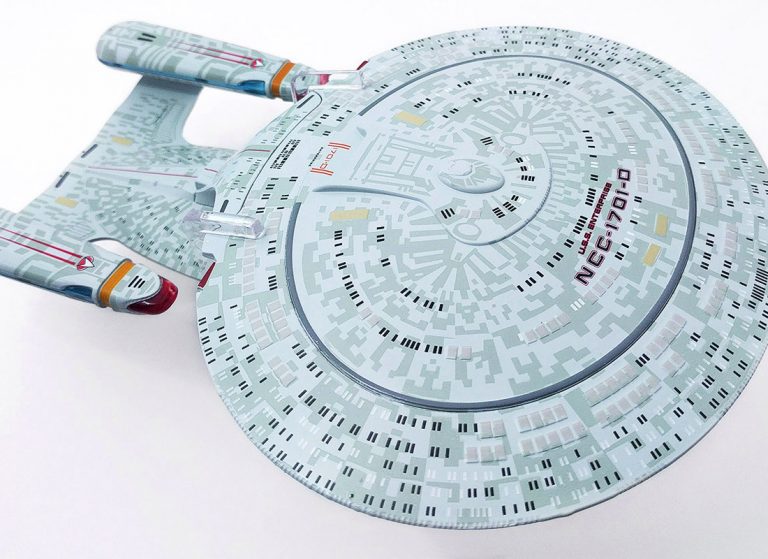

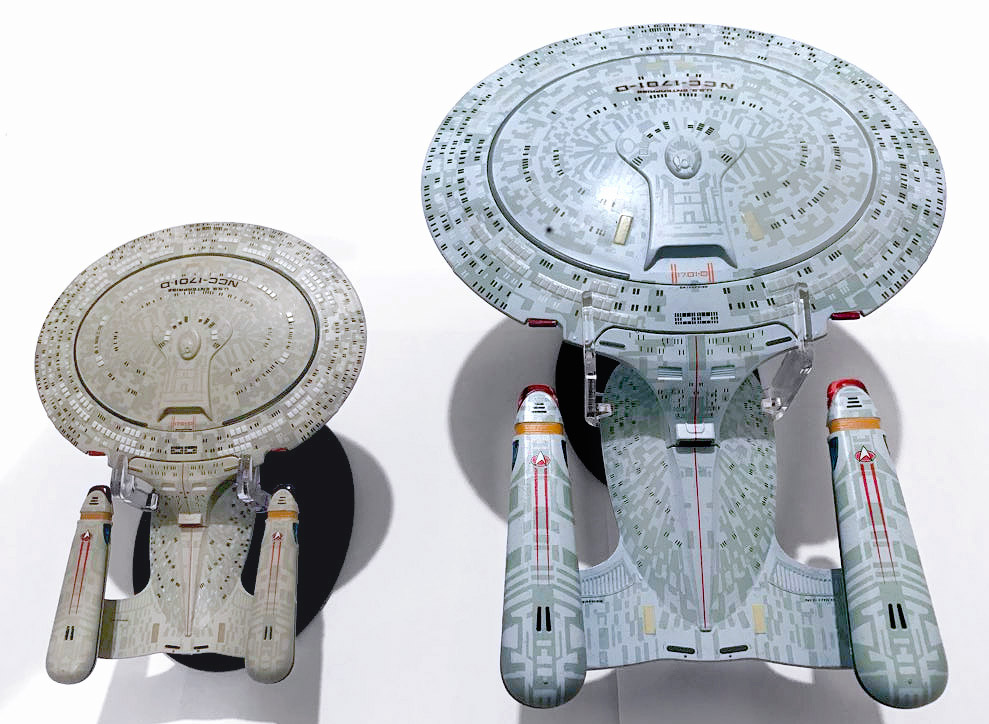


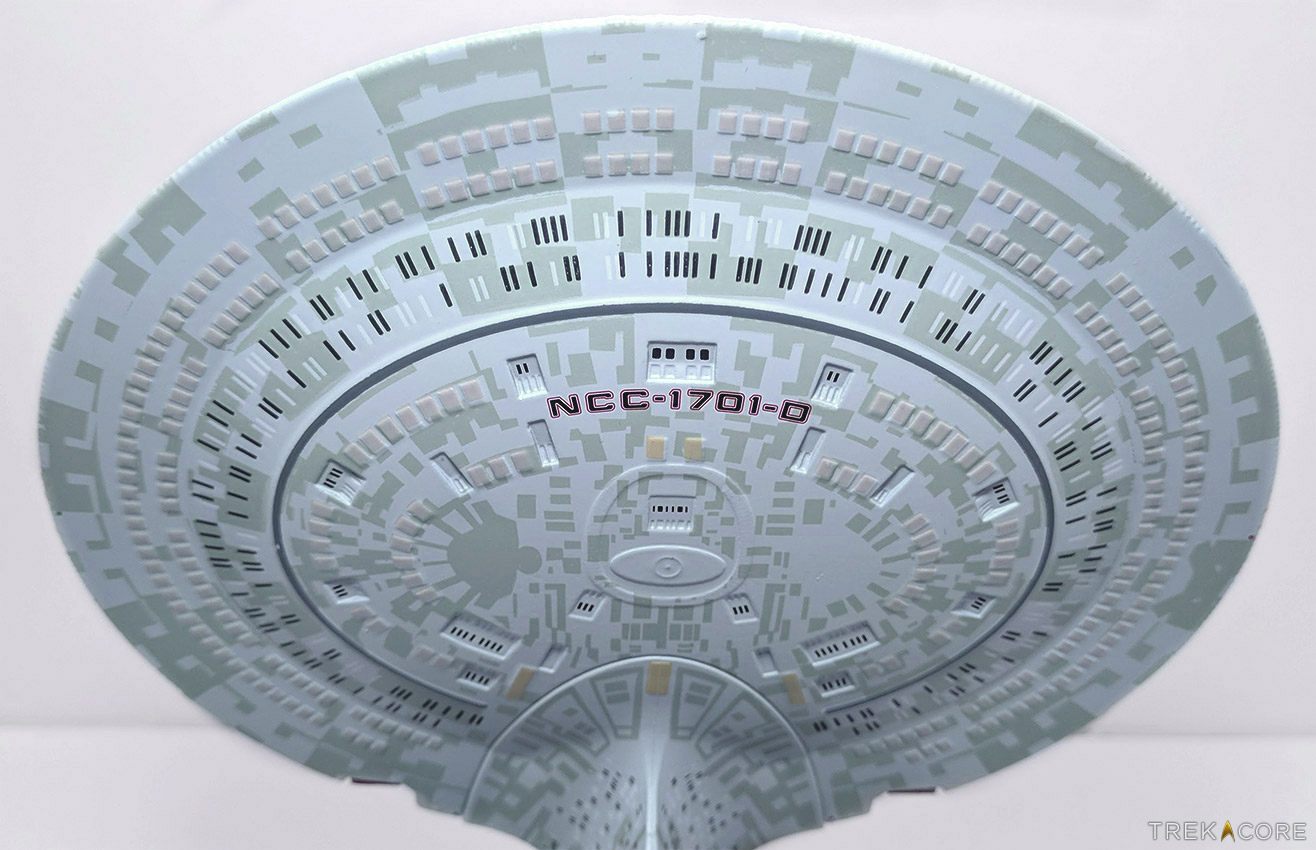
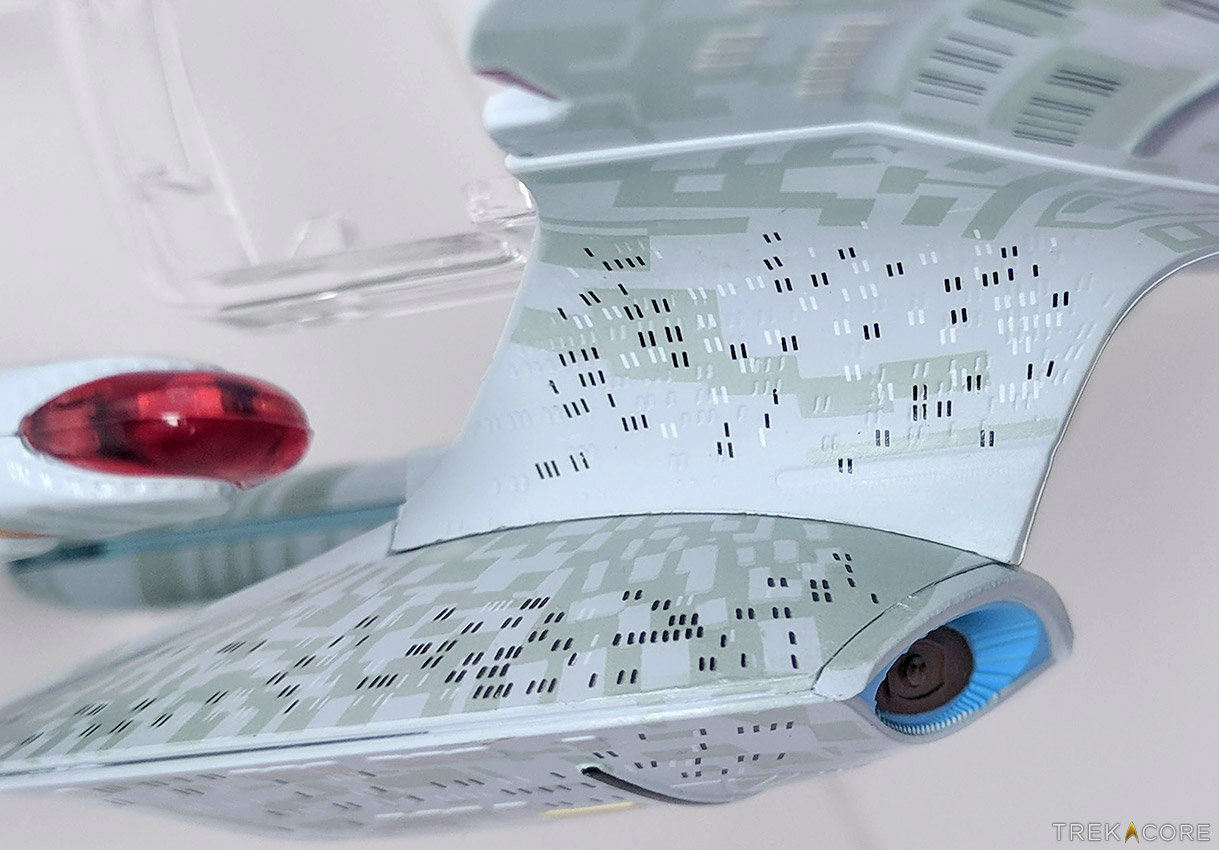
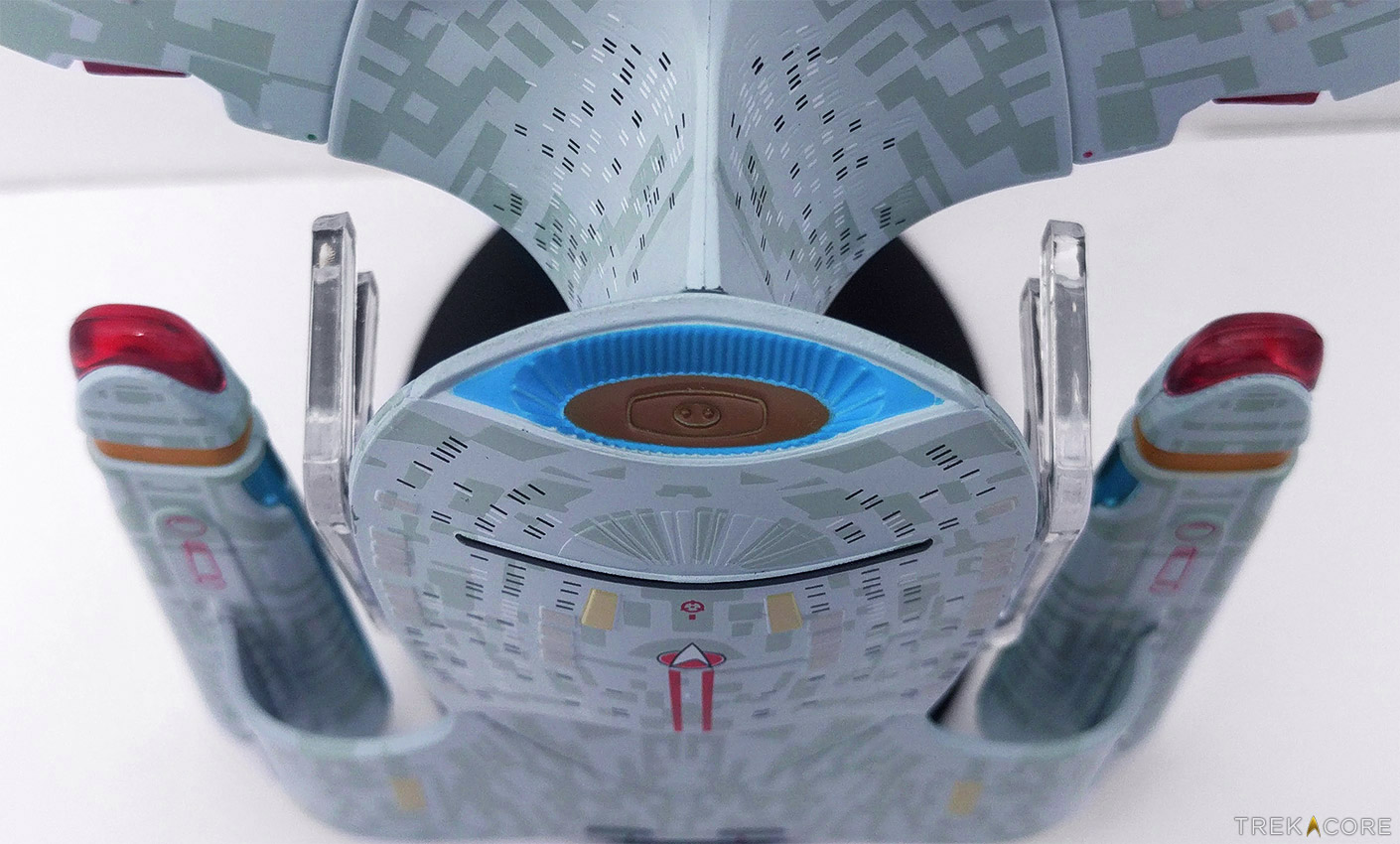


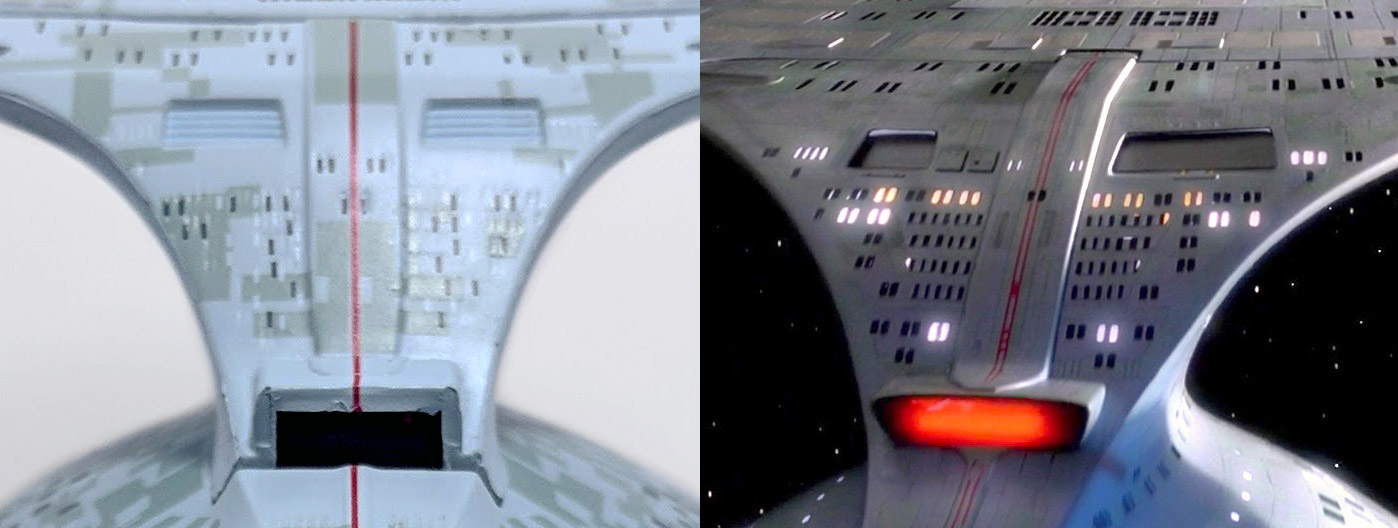
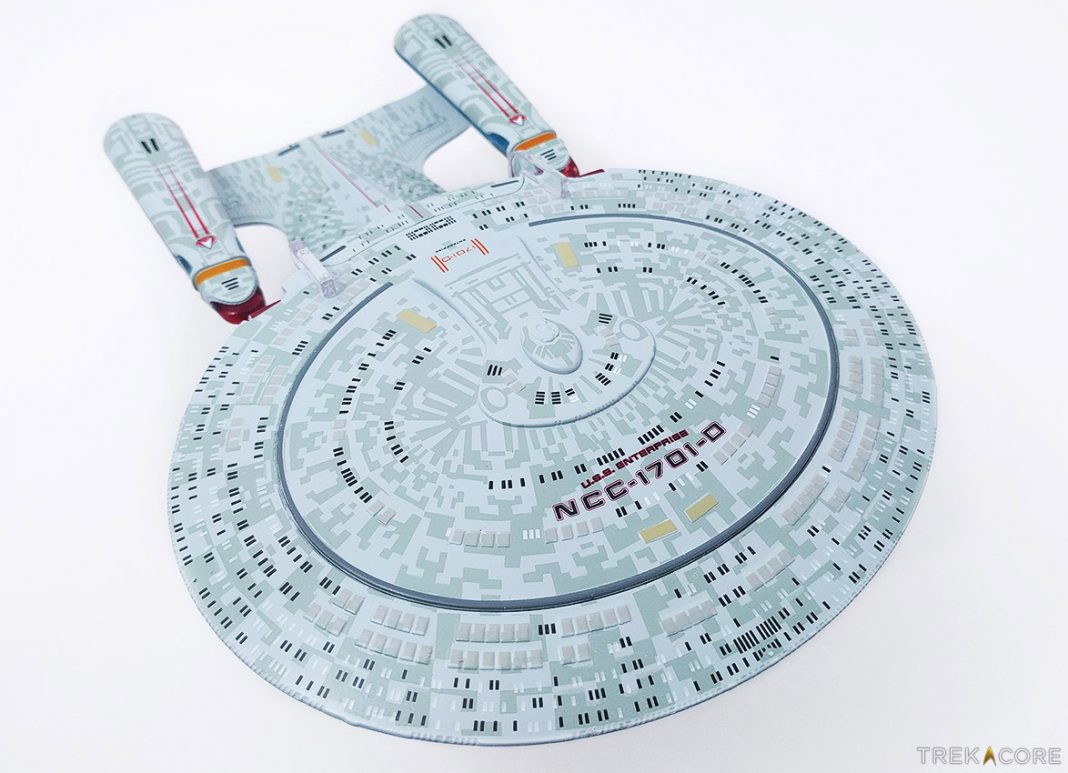

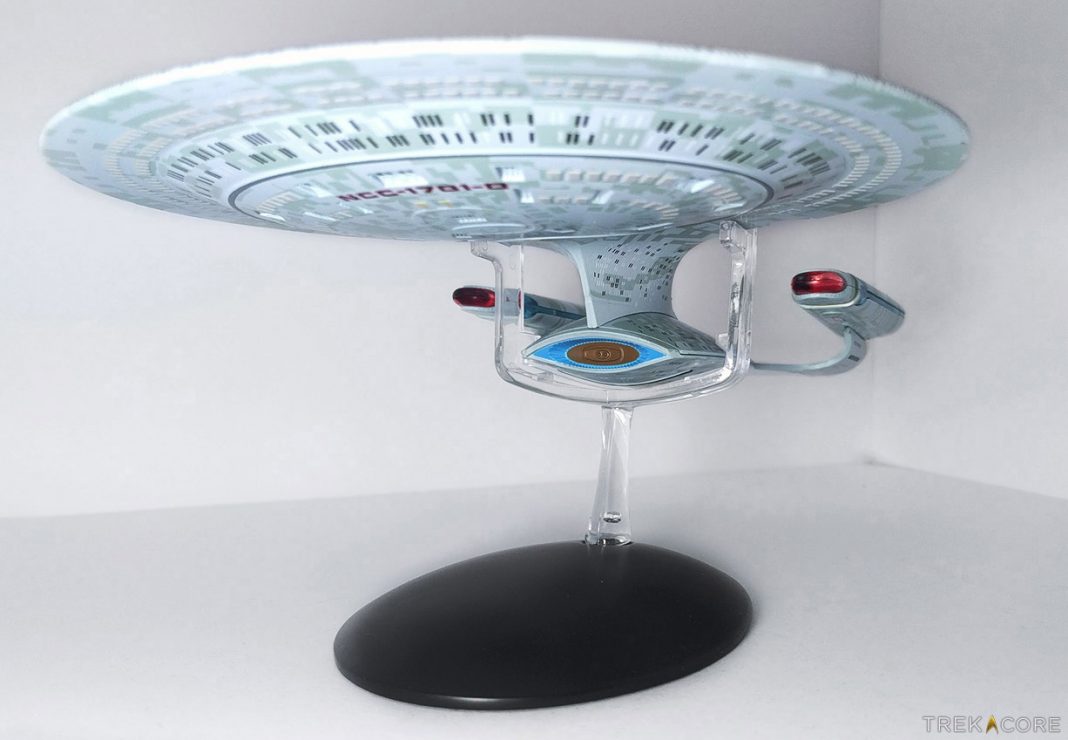
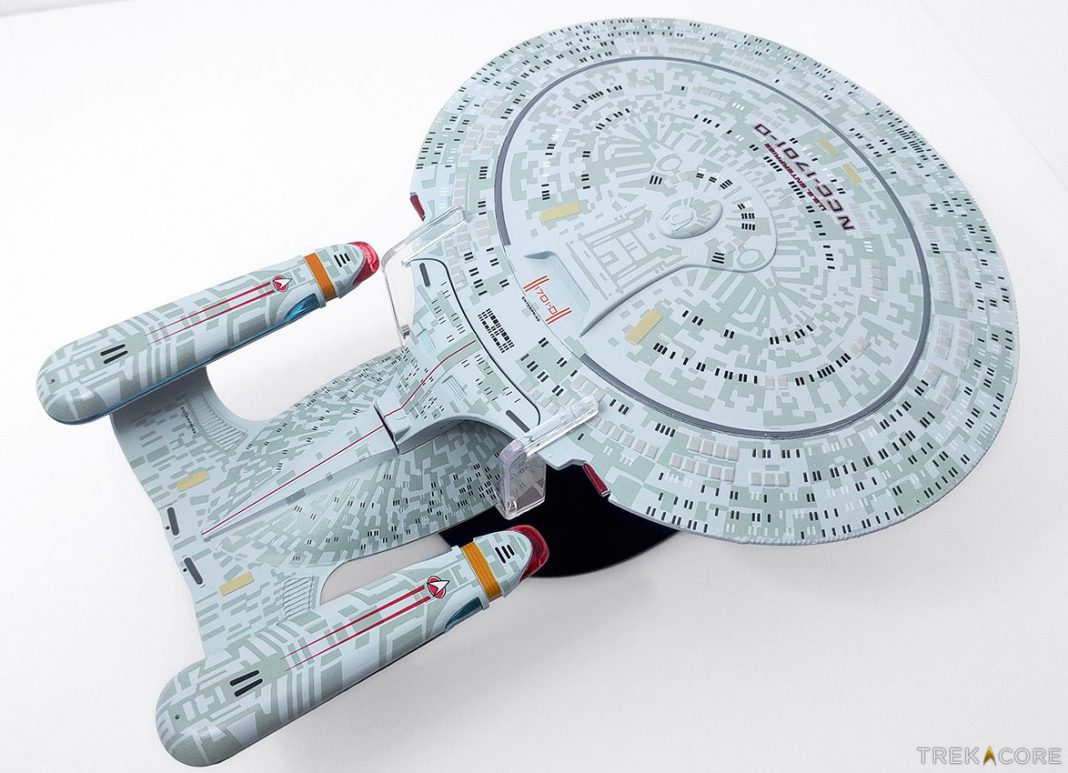

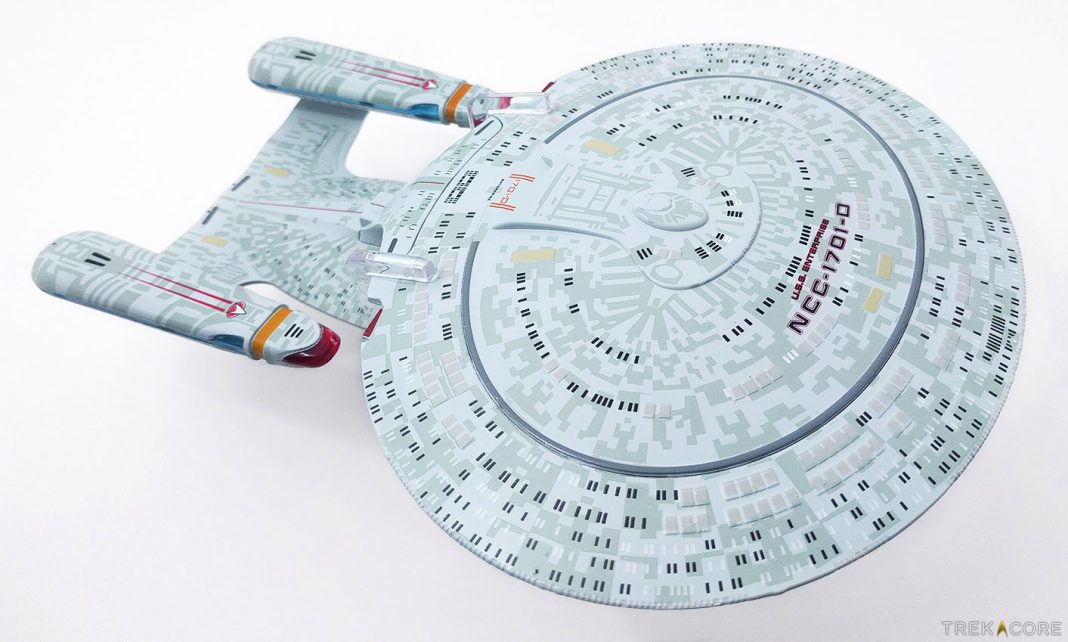

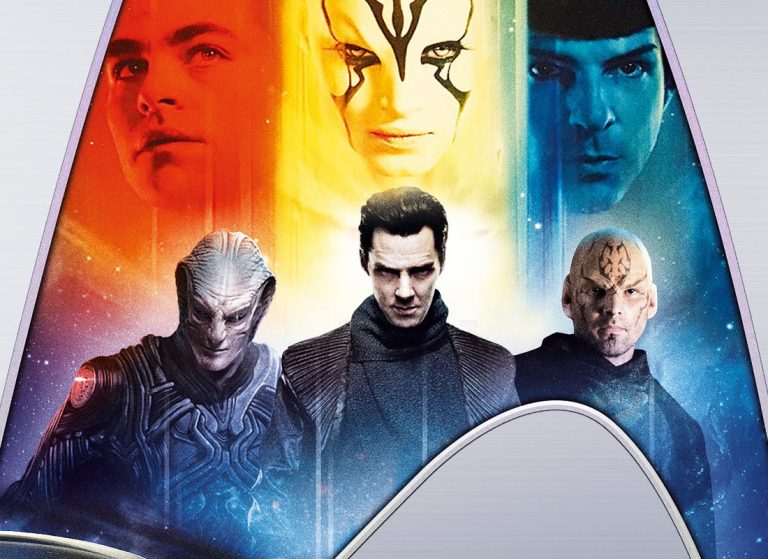


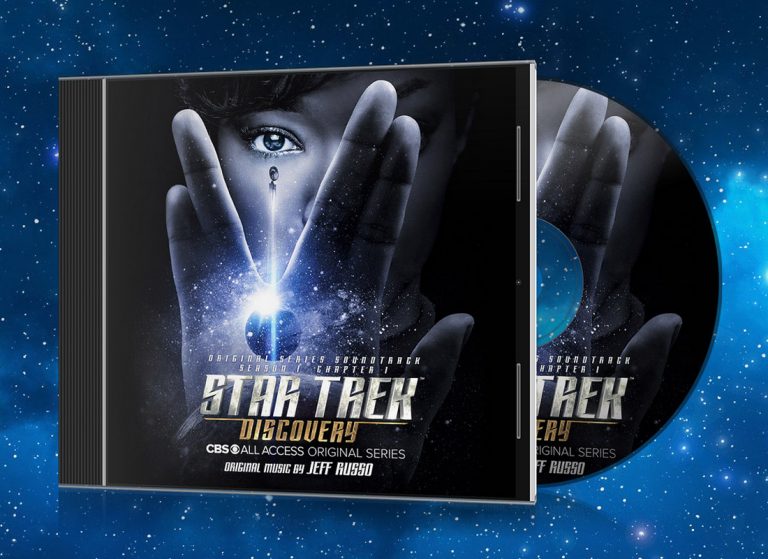
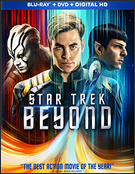 OrderStar Trek Beyondon Blu-ray!
OrderStar Trek Beyondon Blu-ray!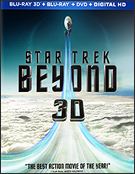 OrderStar Trek Beyondon 3D Blu-ray!
OrderStar Trek Beyondon 3D Blu-ray!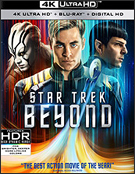 OrderStar Trek Beyondon 4K Blu-ray!
OrderStar Trek Beyondon 4K Blu-ray!